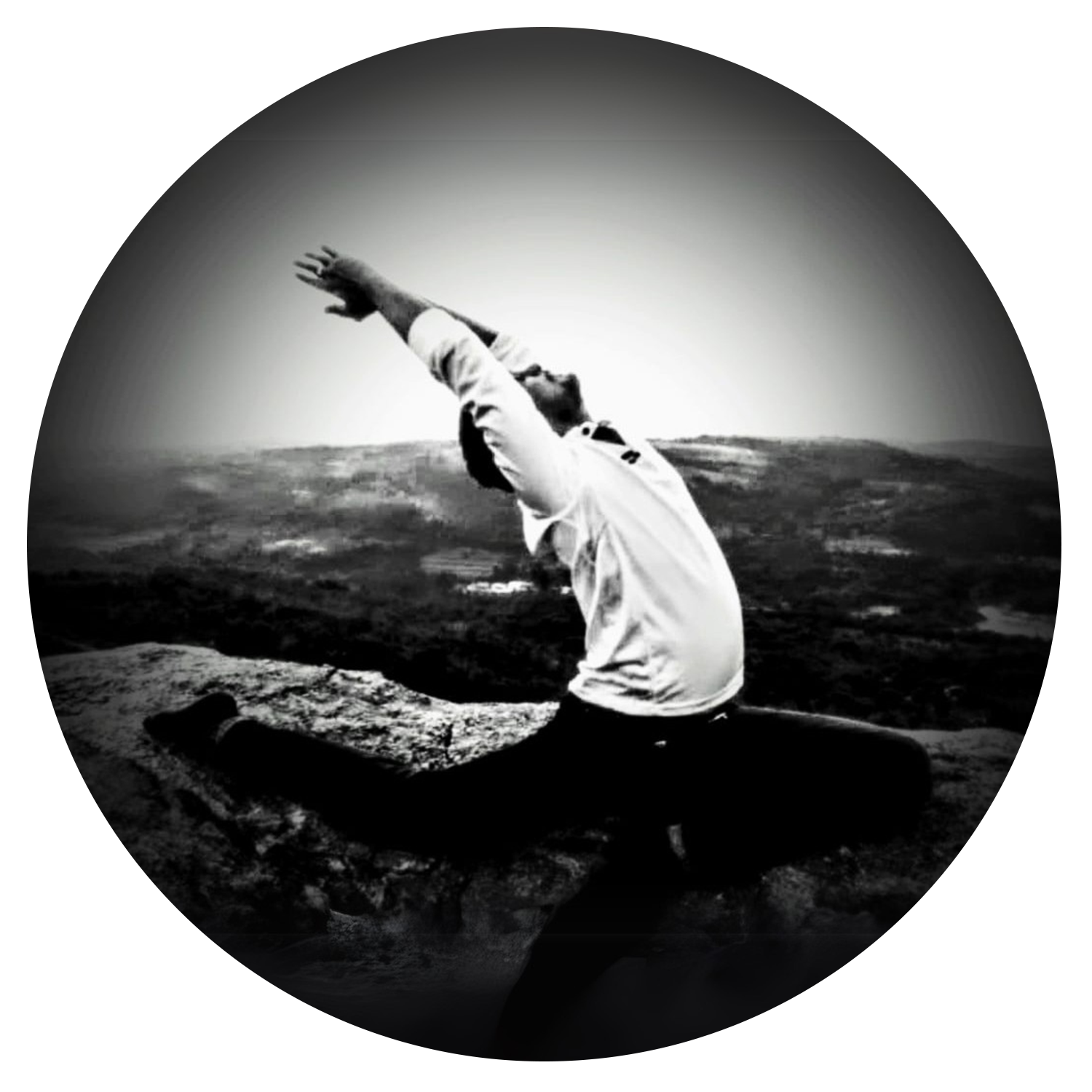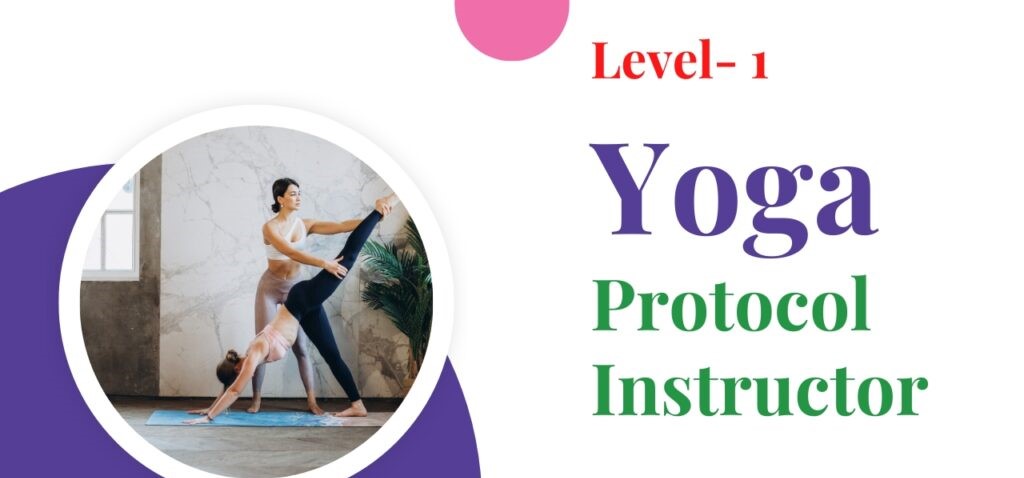
INTRODUCTION
Brief Role Description
Certified Yoga Professionals (Yoga Protocol Instructor) can teach basics of Yoga / common Yoga protocol developed by the Ministry of AYUSH for International Day of Yoga for prevention of diseases and promotion of health. They can conduct Yoga practice / classes in parks, societies, RWA etc.
Requirement / Eligibility
There is no eligibility criteria for this certification. It is open for all candidates. To appear in this certification, it is suggested/ desired that the candidate should have passed 10th standard / secondary school certificate from a recognized board or equivalent.
Minimum age: No age limit
Personal Attributes
The job requires individual to have good communication skills,time management skills and ability to understand the body language of the trainees. The job requires individual to possess key qualities such as self-discipline, confidence, maturity, patience, compassion, active listening, time management, empathetic, language proficiency.
Name of the Certification | Yoga Protocol Instructor |
Certification Level | Level-1 |
Credit points for certificate | 12 credits |
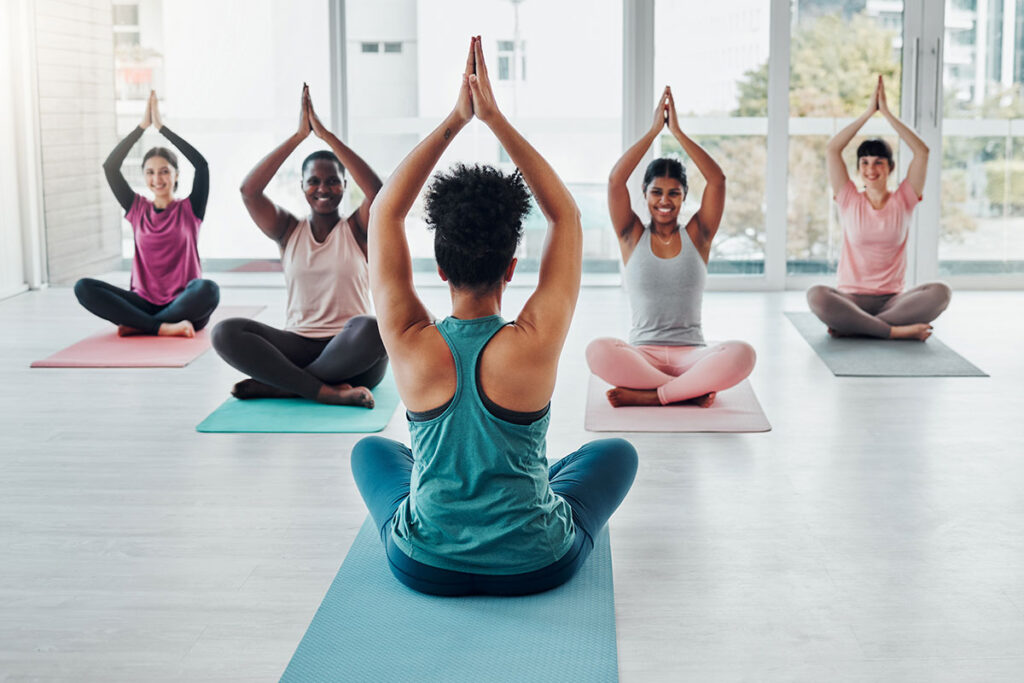
THEORY SYLLABUS
Unit 1: Introduction to Yoga and Yogic Practices
1.1 Yoga: Etymology, Definitions, Aim, Objectives and Misconceptions.
1.2 Yoga: Its origin, history and development.
1.3 Guiding principles to be followed by Yoga practitioners.
1.4 Principles of Yoga (Triguna, Antahkarana-Chatushtaya, Tri-ShariraPanchakosha).
1.5 Introduction to major schools of Yoga (Jnana, Bhakti, Karma, Patanjala, Hatha)
1.6 Introduction to Yoga practices for health and well being.
1.7 Introduction to Shatkarma: meaning, purpose and their significance in Yoga Sadhana.
1.8 Introduction to Yogic SukshmaVyayama, SthulaVyayama and Surya Namaskara.
1.9 Introduction to Yogasana: meaning, principles, and their health benefits.
1.10 Introduction to Pranayama and Dhyana and their health benefits.
Unit 2: Introduction to Yoga Texts
2.1 Introduction and study of Patanjala Yoga Sutra including memorization of selected Sutras (Chapter I- 1-12).
2.2 Introduction and study of Bhagavad Gita including memorization of selected Shlokas (Chapter II -47, 48, 49, 50 and 70).
2.3 Introduction and study of Hathapradipika.
2.4 General Introduction to Prasthanatrayi.
2.5 Concepts and principles of Ahara (Diet) in Hathapradipika and Bhagavad Gita (Mitahara and Yuktahara).
2.6 Significance of Hatha Yoga practices in health and well being.
2.7 Concept of mental wellbeing according to Patanjala Yoga.
2.8 Yogic practices of Patanjala Yoga: Bahiranga and Antaranga Yoga.
2.9 Concepts of healthy living in Bhagavad Gita.
2.10 Importance of subjective experience in daily Yoga practice.
Unit 3: Yoga for Health Promotion
3.1 Brief introduction to Human body.
3.2 Meaning and Means of health promotion and role of Yoga in health promotion.
3.3 Yogic positive attitudes ( Maîtri, Karuna, Mudita, Upeksha).
3.4 Concept of Bhavas (Dharma, Jnana, Vairagya, Aishvarya) and their relevance in well being.
3.5 Dincharya and Ritucharya with respect to Yogic lifestyle.
3.6 Holistic approach of Yoga towards health and diseases.
3.7 Introduction to First Aid and CardioPulmonary Resuscitation (CPR).
3.8 Yogic management of stress and its consequences.
3.9 Yoga in prevention of metabolic and respiratory disorders.
3.10 Yoga for personality development.
PRACTICAL SYLLABUS
A. Demonstration Skills
1. Prayer: –Concept and recitation of Pranava and other hymns.
2. Yoga Cleansing Techniques: –Knowledge of Dhauti, Neti and practice of Kapalabhati.
3. Yogic Sukshma Vyayama and SthulaVyayama
- Yogic Sukshma Vyayama (Micro Circulation Practices)
- Neck Movement
- – Griva Shakti Vikasaka( I,II,III,IV)
- Shoulder Movement
- – BhujaBalli Shakti Vikasaka
- – PurnaBhuja Shakti Vikasaka
- Trunk Movement
- – Kati Shakti Vikasaka (I, II, III, IV, V )
- Knee Movement
- – Jangha Shakti Vikasaka (II-A&B )
- – Janu Shakti Vikasaka
- Ankle movement
- – Pada-mula shakti Vikasaka – A&B
- – Gulpha-pada-pristha-pada-tala shakti Vikasaka
- Yogic SthulaVyayama (Macro Circulation Practices)
- – Sarvanga Pushti
- – HridGati (Engine Daud)
- Yogic SthulaVyayama (Macro Circulation Practices)
4. Yogic Surya Namaskara
5. Yogasana
- 5.1 Tadasana, Vrikshasana, ArdhaChakrasana, Padahastasana, Kati Chakrasana, Trikonasana
- 5.2 Dandasana, Sukhasana, Padmasana, Vajrasana
- 5.3 Bhadrasana, Mandukasana, Ushtrasana, Shashankasana, Uttana Mandukasana
- 5.4 Paschimottanasana, Purvottanasana
- 5.5 Vakrasana, Gomukhasana
- 5.6 Bhujangasana, Shalabhasana, Makarasana
- 5.7 Pavanamuktasana, Uttanapadasana, ArdhaHalasana, Setubandhasana
- 5.8 Viparitakarani, SaralMatsyasana, Shavasana
6. Preparatory Breathing Practices
- 6.1 Sectional breathing (abdominal, thoracic and clavicular)
- 6.2 Yogic deep breathing
7. Pranayama
- 7.1 Concept of Puraka, Rechaka and Kumbhaka
- 7.2 AnulomaViloma/NadiShodhana
- 7.3 Shitali (without Kumbhaka)
- 7.4 Bhramari (without Kumbhaka)
8. Understanding of Bandha
- 8.1 Jalandhara Bandha
- 8.2 Uddiyana Bandha
- 8.3 Mula Bandha
9. Understanding of Mudra
- 9.1 Hasta Mudras (Chin, Chinmaya, Brahma, Adi, Jnana, Dhyana and Nasika)
10. Practices leading to Meditation and Dhyana Sadhana
- 10.1 Recitation of Pranava & Soham
- 10.2 Recitation of selected hymns, invocations and prayers from Vedas & Upanishads
- 10.3 Body and Breath awareness
- 10.4 Yoga Nidra
B. Teaching Skills
11. Methods of Teaching Yoga
- 11.1 Essentials of good lesson plan: concepts, needs, planning of teaching Yoga (Shatkriya, Asana, Pranayama & Practices leading to Dhyana).
- 11.2 Principles of teaching Yoga Protocol to different groups (Beginners, Children, Youth, Women, geriatric population, and Special attention group).
- 11.3 Preparation for a Yoga class (before and during and after the class).
- 11.4 Factors influencing Yoga teachers.
- 11.5 Class Management in Yoga : its meaning and needs.
- 11.6 Conducting Yoga practical lesson: Precautions & Contraindications of practices).
- 11.7 Salient features of Ideal Yoga Instructor.
- 11.8 Models of Ideal Yoga lesson plans.
MARKS DISTRIBUTION
Theory:
Unit No | Unit name | Marks |
1 | Introduction to Yoga and Yogic Practices | 20 |
2 | Introduction to Yoga Texts | 20 |
3 | Yoga for Health Promotion | 20 |
Total | 60 | |
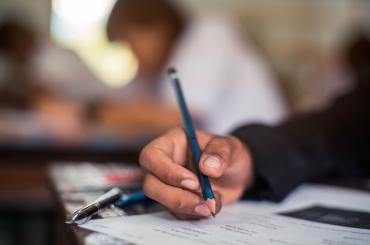
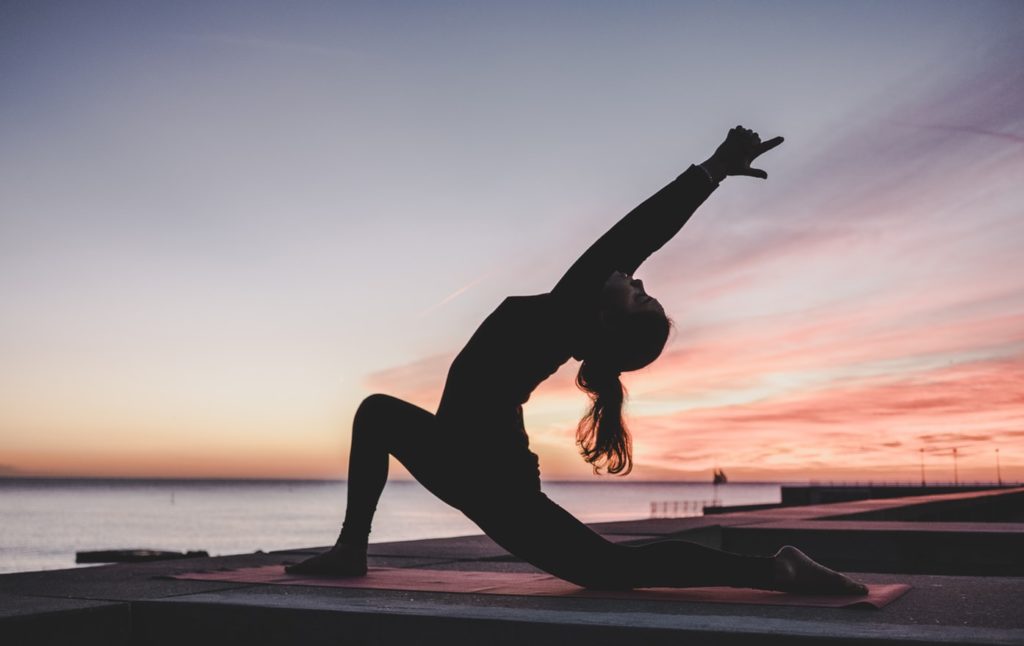
Practical:
Unit No | Practical Work | Marks |
1 | Demonstration Skills | 80 |
2 | Teaching Skills | 40 |
3 | Application of knowledge | 10 |
4 | Field Experience | 10 |
Total | 140 | |

